Teachers this month are probably scrambling to come up with interesting curriculum to celebrate Black History Month. I am guessing that “Africans in Medieval and Renaissance Art” is probably not going to be a hot topic (especially in the US). But there is a story there and it is one that can be told through some beautiful images. By 1505, there were as many as 140,000-170,000 Africans in Europe. Many of these people were brought to Italy from the Ottoman Empire and as this section from the Victoria Albert museum points outs, not all Africans were depicted as slaves. Below is the Adoration of the Magi.
 One of my favorite Raucous Royals – Duke Alessandro de’Medici was rumored to be of Moorish descent. Nicknamed, “il Moro” (the Moor), he was the son of Guilio de Medici and a Moorish slave.* His daughter, the beautiful Giuila de Medici is believed to be depicted below as a child with her Grandmother, Maria Salviati.
One of my favorite Raucous Royals – Duke Alessandro de’Medici was rumored to be of Moorish descent. Nicknamed, “il Moro” (the Moor), he was the son of Guilio de Medici and a Moorish slave.* His daughter, the beautiful Giuila de Medici is believed to be depicted below as a child with her Grandmother, Maria Salviati. Throughout the 15th and 17th centuries, African children were frequently portrayed in portraiture as no more than exotic pets and status symbols to the elite. Believe it or not, they were often shown next to an aristocratic lady to make the female sitter’s skin appear whiter. (shown below is Louise de Keroualle and her Page)
And here is Titian's portrait of Laura dei Dianti and her Page:
It may sound crazy to use a dark skinned child to make yourself look whiter, but have you ever noticed that today’s pop divas always have more voluptuous back up singers and dancers behind them?
Future exhibit on Africans in Renaissance Art
One of the most frustrating aspects of this topic is that the identity of many of these people is lost to history. I am really excited for an upcoming exhibition in Baltimore – Face to Face: The African Presence in Renaissance Europe. In October, the Walker museum will attempt to reconstruct some of these lost faces.
One of the most frustrating aspects of this topic is that the identity of many of these people is lost to history. I am really excited for an upcoming exhibition in Baltimore – Face to Face: The African Presence in Renaissance Europe. In October, the Walker museum will attempt to reconstruct some of these lost faces.
*He was really recognized as Lorenzo II de Medici’s son, but I am not buying it.

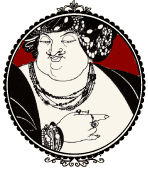

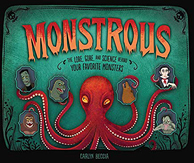
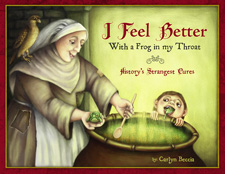
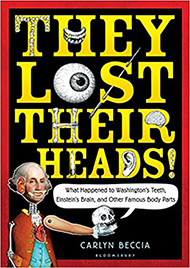




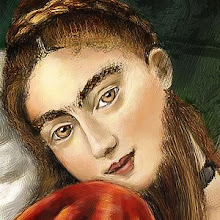





6 comments:
Great post! You have to wait until the French Revolution to have Africans assume public office and be represented in a position of authority. About Citizen Jean-Baptiste Belley?
http://blog.catherinedelors.com/2008/06/13/citizen-jeanbaptiste-belley-beyond-a-portrait.aspx
Don't forget one of my absolute favorite 17th. c. paintings -- Velazquez's portrait of his assistant, Juan de Pareja:
http://tinyurl.com/yanyzt8
Excellent post and love the new blog design.
Thanks for the urls. I had never heard of Jean-Baptiste Belley and shame on me for forgetting Juan de Pareja...one of my favorites
Carlyn, I rewrote my Belley post to link to this one (and thank Susan for the link to Pareja.) So you can delete the prior link, which is no longer active. The new Belley post is this one:
http://blog.catherinedelors.com/2010/02/22/citizen-jeanbaptiste-belley-a-revolutionary-portrait.aspx
Thanks for bringing up this fascinating subject. And BTW I am a fairytale addict since childhood and love the new look!
Great! I made a separate post with the right links too so people wouldn't miss it.
Post a Comment